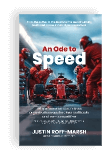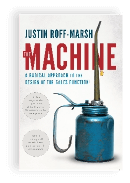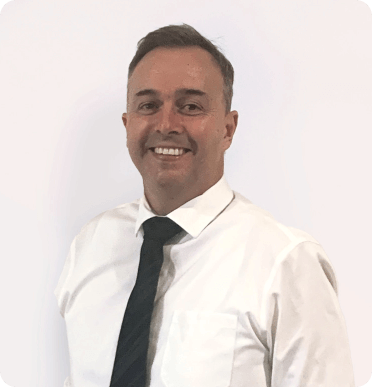
Double-digit growth for industrial organizations
We grow industrial organizations
We do this in two ways. First, we increase the clock speed of the entire organization to accelerate growth. Second, we re-engineer the front-of-house to improve service quality and increase sales activity.
By front-of-house, we mean those departments that support the organization’s sales function, which includes promotions, sales, customer service, design engineering, and field-sales support.
The speed-based Operating System
We sell the idea that organizations should optimize for speed rather than cost and introduce the organization-wide implications of this radical change in focus.
All else being equal, an organization with a faster clock speed is more profitable and grows faster. It consumes less capital, holds less inventory, and harvests greater economies of scale.
We call this the Speed-Based Operating System (sbOS for short).
We help transition to sbOS
We help the leadership team design a practical model for the Speed-Based Operating System and a plan to transition to this new mode of operation. Then, if necessary, we chair a steering committee that assumes responsibility for leading the transition.

Learn more about this approach
You can read more about this speed-based approach to decision-making in Justin’s mini-book, An Ode to Speed.
The end state
The result of transitioning to the Speed-Based Operating System is that the organization as a whole is optimized for speed. That’s the speed at which operating profit is generated and the speed at which growth initiatives are run.
- Each department marches to a speed-based metric (just like the standard on-time delivery metric in production environments).
- All metrics reference the rate at which operating profit is generated, not just the rate at which work is performed locally.
- And, every department has a real-time visual display of that metric on a dashboard that can be accessed by any team member, anywhere on the planet!
Better daily management
A new, better approach to day-to-day management decisions
Optimized organizational design
A new approach to the high-level design of the organization
New sales focus
A new approach to sales (a focus on the pursuit of new business, rather than account management)
Discover what our Speed-Based Operating System Workshop is all about
The build of our speed-based operating system begins with a one-day workshop. In the workshop, we sell the idea of the speed-based operating model to your leadership team and design its key elements for your organization.
At the end of the workshop, you can choose to execute the plan internally or have Ballistix chair the steering committee responsible for ongoing execution and optimization.
Managed SPE
(Sales Process Engineering)
The Speed-Based Workshop and the steering committee participation are included in our full-service Managed SPE program.
How Managed SPE drives growth
Managed SPE engineers highly efficient sales environments for dramatic organizational growth. It drives this growth by ensuring that our clients’ salespeople have significantly more selling conversations than their competitors’ salespeople do.
In practice, this means rebuilding organizations’ front-of-house so that account management moves to Operations and salespeople can focus exclusively on the pursuit of new business. By front-of-house, we mean promotions, sales, customer service, design engineering and field-sales support.
Where the method comes from

The methodology that drives Managed SPE is based on Justin Roff-Marsh’s award-winning business book, The Machine: A Radical Approach to the Sales Function.
You can get the first four chapters of The Machine in print or as audio by visiting here. There’s no charge.
Learn how our Managed SPE Solution Design Workshop can help
The build of our Managed SPE solution begins with a one-day workshop. This Workshop is designed to answer the three most critical questions your organization is likely to have about Sales Process Engineering.
- How should your sales process be designed, resourced and managed?
- How should the reengineering initiative be structured?
- What will the financial impact be?



